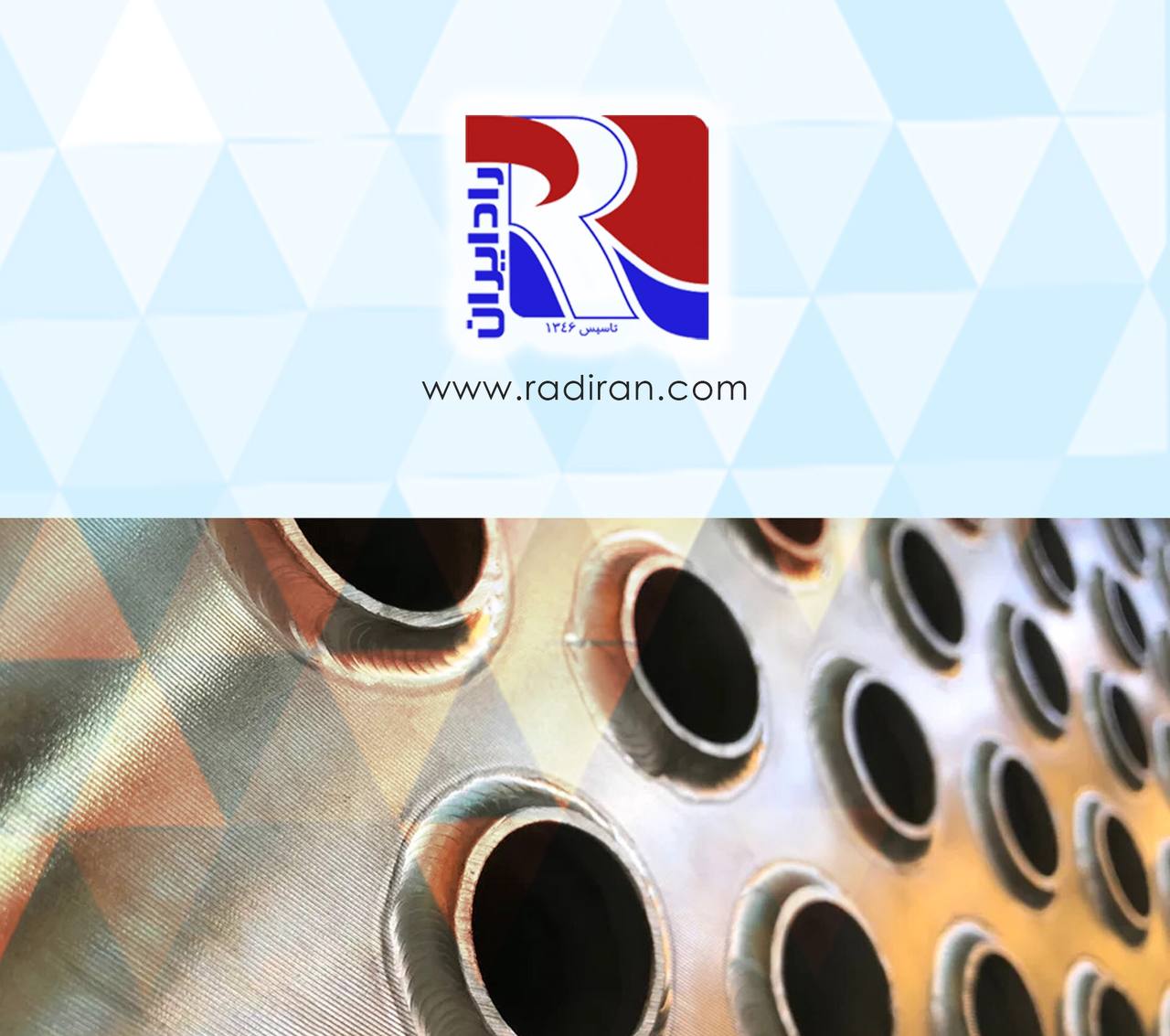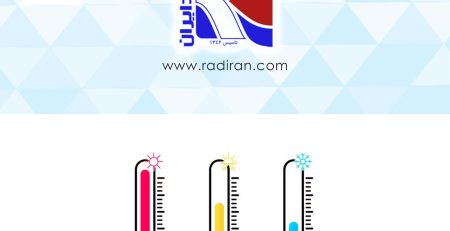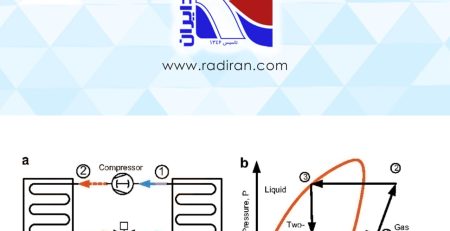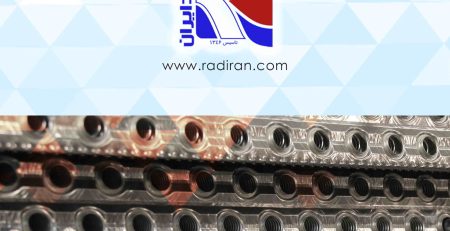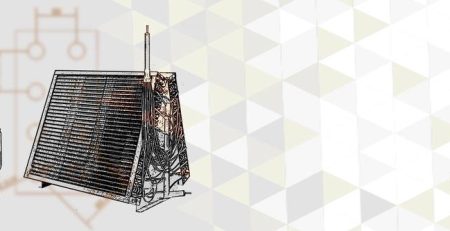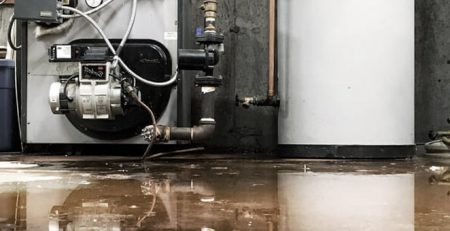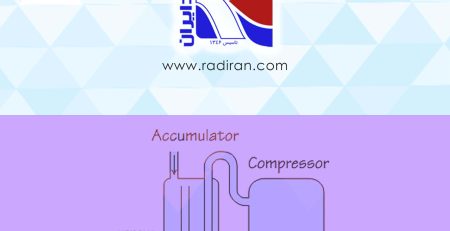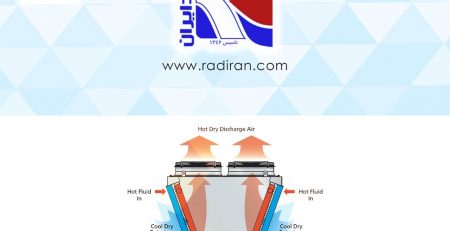Counter flow
Counter flow and parallel flow refer to the direction of fluid movement in a heat exchanger, such as coils. In counter flow, the hot and cold fluids move in opposite directions, maximizing the temperature difference along the entire length of the exchanger. This results in efficient heat transfer.
In contrast, parallel flow involves both fluids moving in the same direction. While it still allows heat transfer, the temperature difference decreases along the length of the exchanger, potentially leading to lower efficiency compared to counter flow.
Counter flow is generally more efficient because it maintains a greater temperature gradient between the fluids throughout the heat exchange process, allowing for a more effective transfer of heat. However, specific system requirements and design considerations may influence the choice between counter flow and parallel flow configurations. In the upcoming paragraphs the concept of counter flow will be discussed in detail in condenser and evaporator coils.
Counter flow in evaporators and condensers
Let’s delve into the detailed processes that occur in coils with counter flow:
1. Evaporator Coil (Counter Flow):
– Refrigerant Entry: The liquid refrigerant enters the evaporator coil from one end.
– Air/Water Entry: The warm air or water, which needs to be cooled, enters the coil from the opposite end.
– Heat Absorption: As the refrigerant flows through the coil, it starts to absorb heat from the incoming warm air or water.
– Vaporization: The absorbed heat causes the refrigerant to evaporate, transforming from a liquid to a vapor state.
– Temperature Difference: Counter flow ensures that the temperature difference between the entering refrigerant and the warm air or water is maintained along the entire length of the coil, maximizing the efficiency of heat absorption.
2. Condenser Coil (Counter Flow):
– Refrigerant Entry: The high-pressure, high-temperature vapor refrigerant enters the condenser coil from one end.
– Air/Water Entry: The cooler air or water, used to dissipate heat, enters the coil from the opposite end.
– Heat Rejection: As the refrigerant flows through the coil, it releases heat to the surrounding air or water.
– Condensation: The released heat causes the refrigerant vapor to condense back into a liquid state.
– Temperature Difference: Counter flow ensures that the temperature difference between the hot refrigerant and the cooler air or water is maintained, optimizing the efficiency of heat rejection.
In both cases, the counter flow configuration allows for a gradual and continuous exchange of heat along the length of the coil. This is advantageous because it ensures that the temperature difference, which drives the heat transfer process, is maximized, resulting in efficient heat absorption in the evaporator or heat rejection in the condenser.

